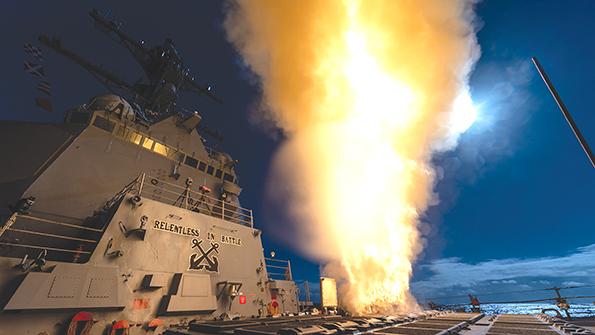
A Glide Phase Interceptor would complement existing sea-based missile defenses, such as this SM-3 Block IIA interceptor fired by the USS McCampbell during a Feb. 8 test.
Credit: U.S. Missile Defense Agency
The U.S. will take even longer to field a purpose-built, long-range hypersonic defense system expected by the 2030s, despite a $1 billion cash injection from Japan, but Pentagon officials say they can speed up a less capable alternative by the end of the decade. The threat posed by offensive...
Pentagon Slows And Adapts Long-Range Hypersonic Defense Plan is available to both Aviation Week & Space Technology and AWIN subscribers.
Subscribe now to read this content, plus receive critical analysis into emerging trends, technological advancements, operational best practices and continuous updates to policy, requirements and budgets.
Already a subscriber to AW&ST or AWIN? Log in with your existing email and password.





